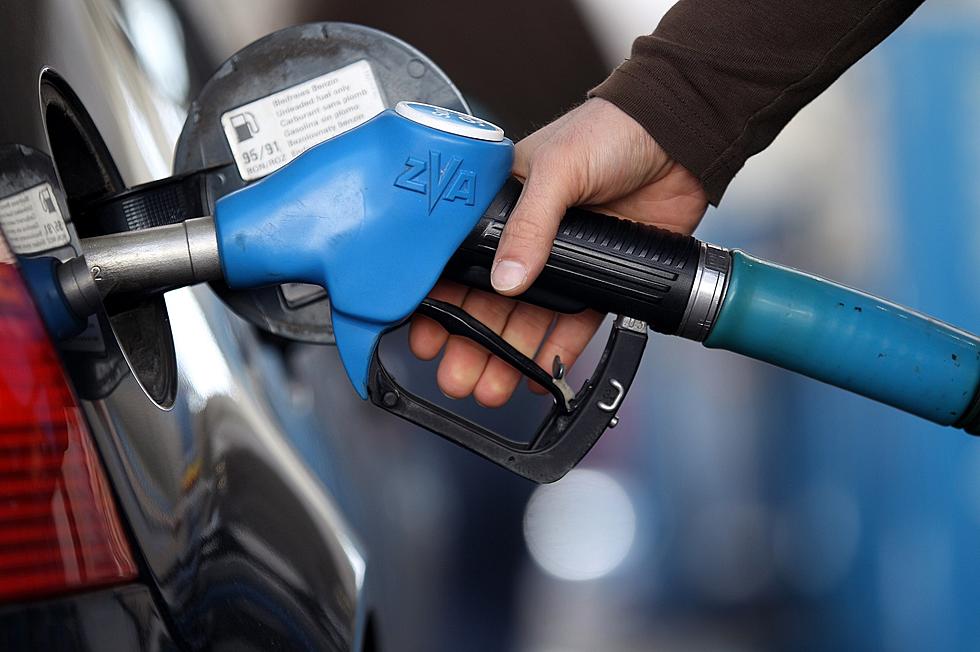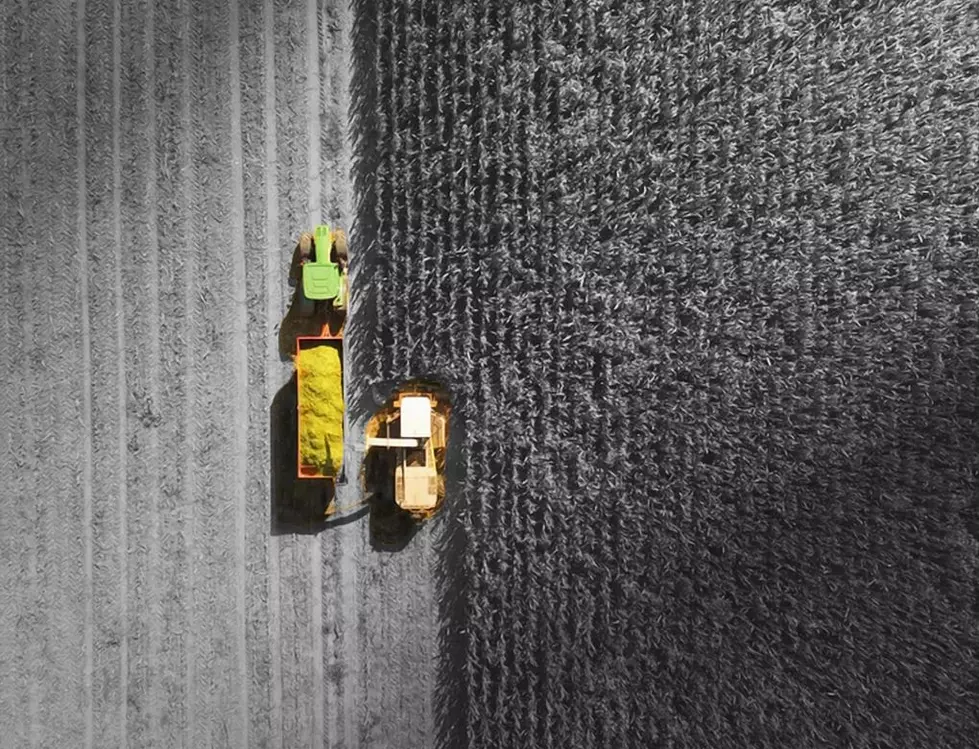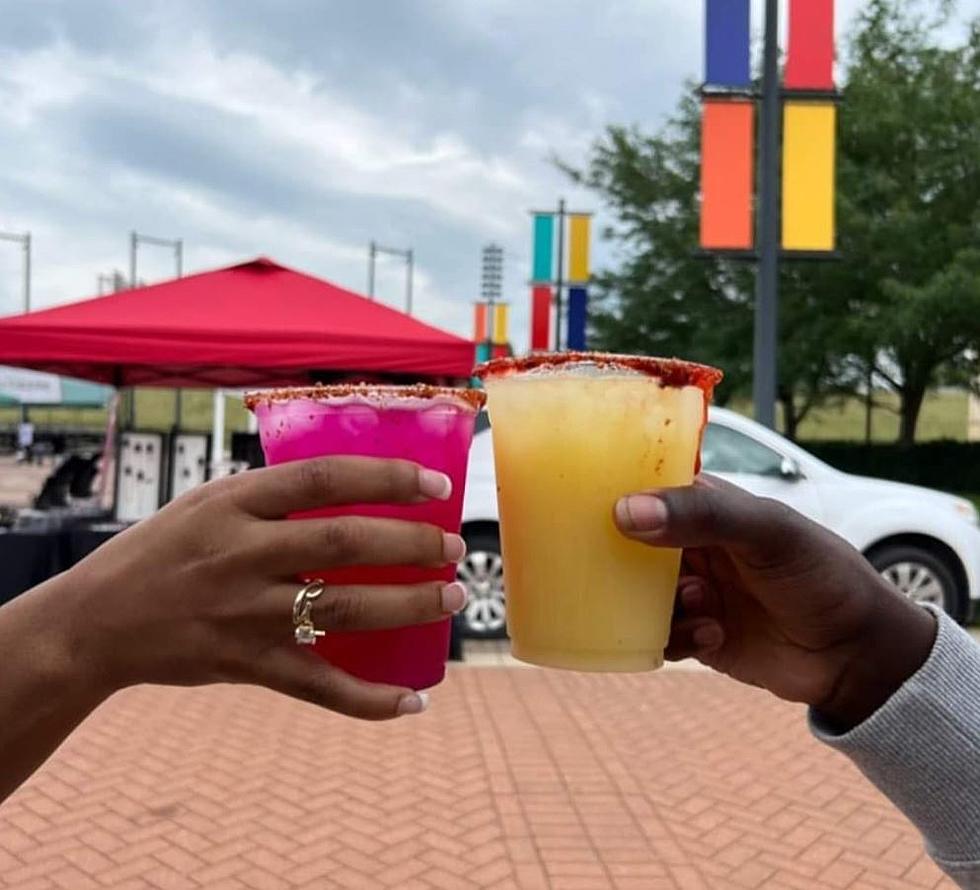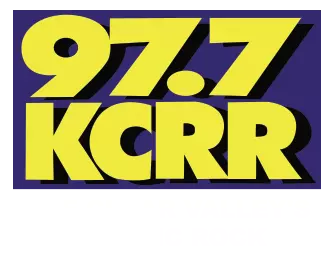
Iowa’s Labor Day Gas Prices Are Lowest In 3 Years
Labor Day marks the end of the busy summer travel season and, typically, the last surge in gasoline demand before fall.
Iowans hitting the road this weekend are getting a break at the pump. Gas prices for the four-day holiday period are lining up to the lowest they've been in nearly three years, according to the American Automobile Association.
Minnesota-Iowa AAA reported on Thursday that a gallon of regular gas was selling for an average of $2.42 in Iowa. A year ago, the state-wide average was $2.72 per gallon.
The organization said average fuel prices in Waterloo and Cedar Falls are currently equal to the state-wide rate of $2.42. Motorists are paying $2.39 in Benton County; $2.40 in Linn County; $2.42 in Franklin County; $2.43 in Buchanan County; $2.45 in Bremer, Chickasaw, Floyd and Grundy Counties; $2.46 in Butler, Fayette, Hardin and Marshall Counties; $2.47 in Delaware County; and $2.52 in Tama County (For Other Iowa Gas Prices, CLICK HERE).
Today, the average price for gasoline in the U.S. is $2.57 per gallon. According to AAA, drivers right now are paying nearly a quarter less than they did on Labor Day 2018 ($2.83) and four cents less than on Labor Day 2017 ($2.63).
"Labor Day travelers will benefit from lower oil prices this year as they fill up for their holiday road trip," AAA spokesman Mark Peterson said in a news release. "Strong US oil production rates are holding oil prices about 15% below last year's levels, effectively reducing the price of producing gasoline."
Peterson continued: "Gas prices should remain low heading into the holiday, unless something unexpected threatens fuel supplies, like geopolitical tensions or a hurricane in the Gulf of Mexico."
The expectation of strong demand often promotes a slight and temporary bump at the pump before the holiday. However, after Labor Day, refineries begin their seasonal switch to winter-blend gasoline. Summer-blend gasoline is more expensive to produce than winter-blend, because the EPA requires more additives in the hotter months of the year. The combination of lower demand and fuel production costs typically restores downward pressure on pump prices through the end of the year.
SOURCE: Minnesota-Iowa AAA
More From 97.7 KCRR









